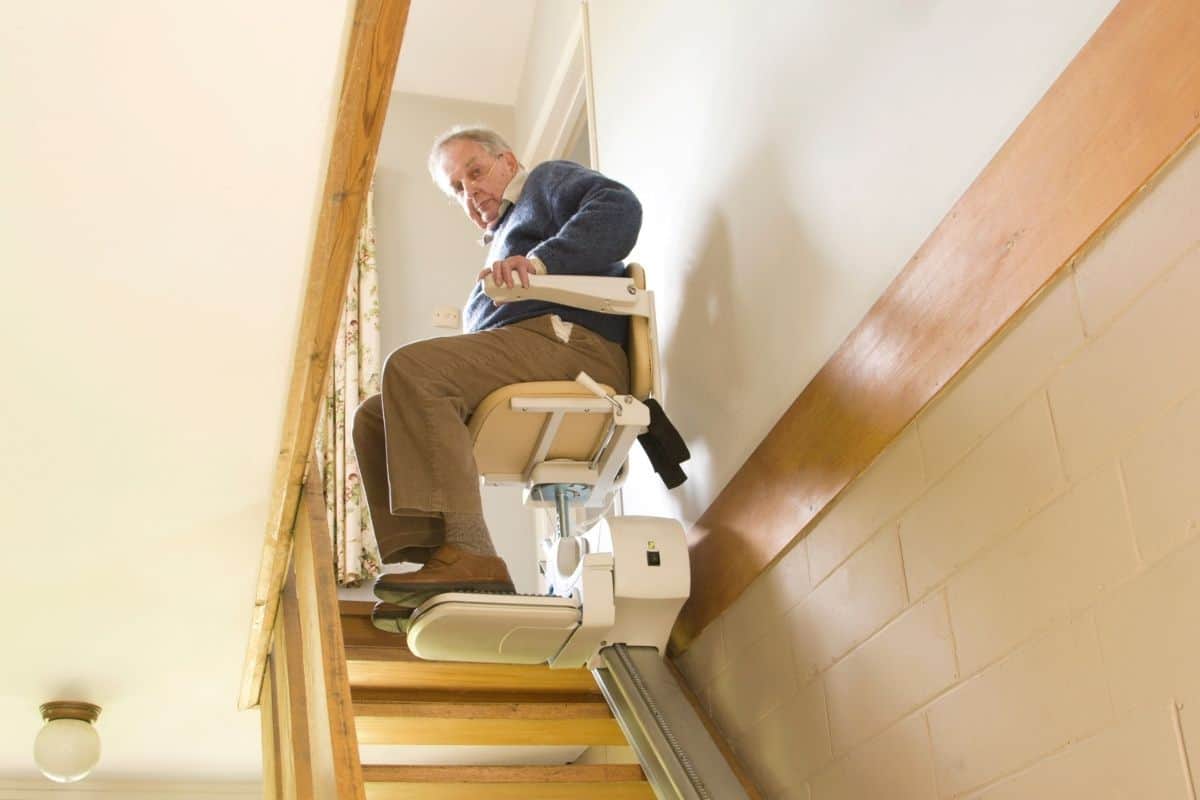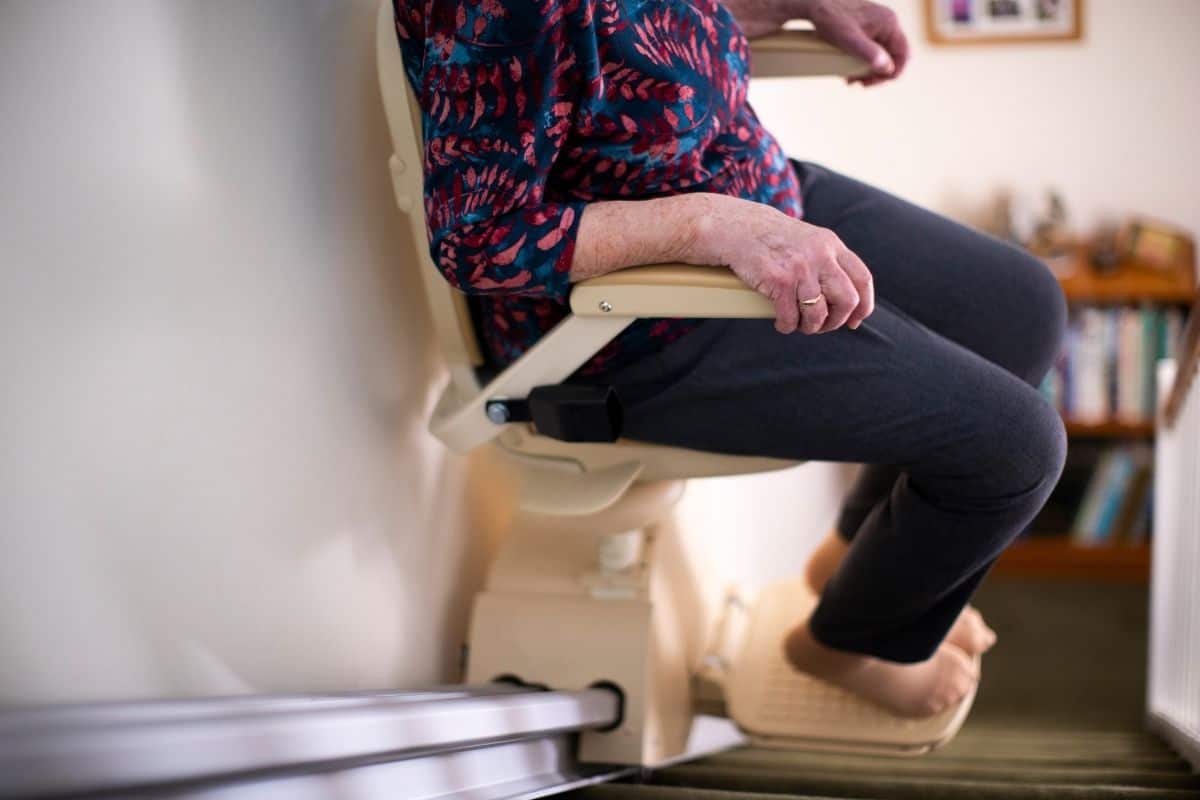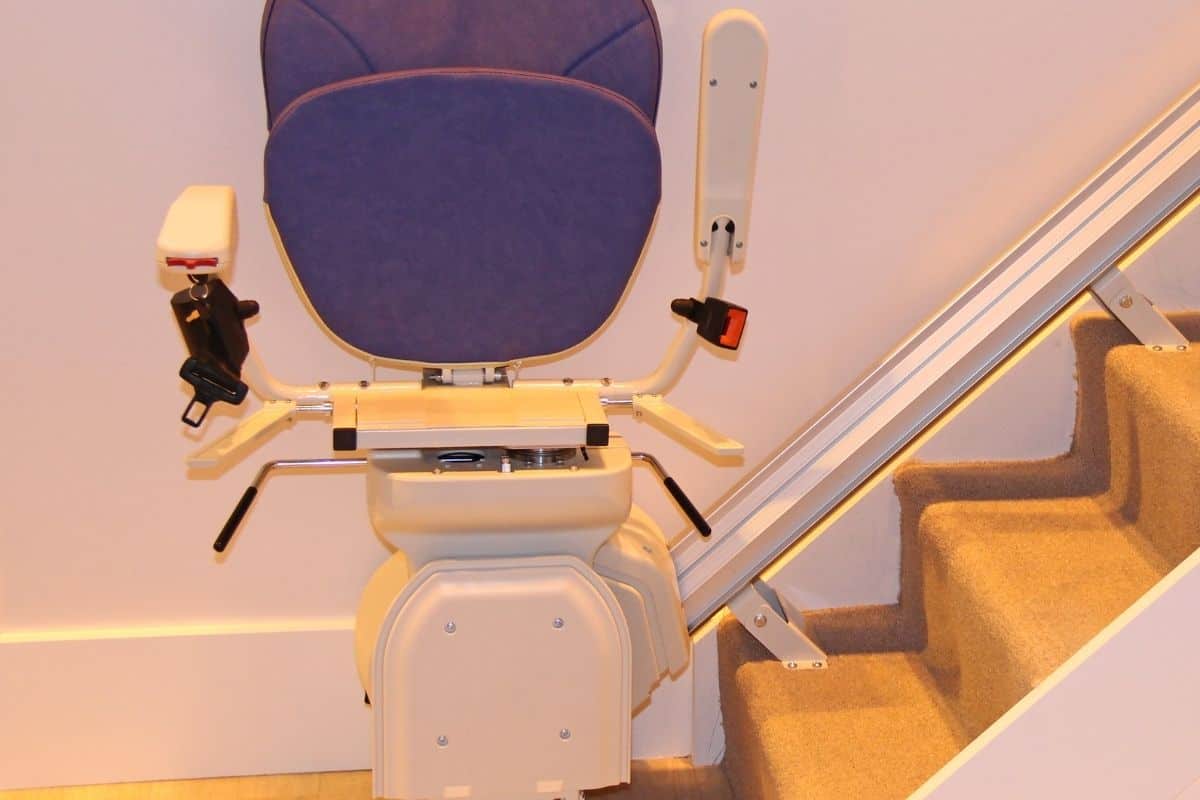For those with disabilities or limited mobility, stair lifts are an essential part of your home.
However, stair lifts are not cheap and when added to often expensive installation, many people simply cannot afford to have a stair lift installed in their home.
Luckily however there is help out there to make stair lifts more affordable.
Below, we’ll take a look if Medicare, Medicare Advantage, and Medicaid covers stair lifts, what makes stair lifts expensive, and what other support might be available.
Table of contents
So Does Medicare Cover Stair Lifts?
While Medicare Part B covers a few types of Durable Medical Equipment (DME), it doesn’t normally cover stair lifts.
However, you may qualify for funding via services based at home and in your community.
Medicare supplemental plans give additional coverage for services and DME that are part of Medicare Part B, so stair lifts are unlikely to be covered.
Are Stair Lifts Expensive?
The total cost of a stair lift will differ depending on what brand of stair lift you choose as well as a few other factors.
Type Of Staircase
Installing a stair lift on a straight staircase is normally a lot less expensive than installing a stair life on a curved staircase. The length of the staircase can also have an effect on the overall cost.
Type Of Seat
Stair lifts have various seats, such as collapsible seats that are great for space-saving as you can fold them up when you don’t need them, and swivel seats that allow you to get up and down without turning around.
Angled seats have a backward tilt to assist people with significant mobility issues use their stair lifts safely. However, these seats are a bit more expensive.
Power Source
Stair lifts that are powered by batteries are usually less expensive to install than electric stair lifts. This is because they don’t need wiring, and they’re even cheaper to run and easier to maintain.
Extra Features
Models that are designed to accommodate heavier individuals or have features such as footrests generally tend to be more expensive than basic stair lifts.
Does Medicare Advantage Provide Coverage For Stair Lifts?

Medicare Advantage plans offer identical benefits to original Medicare, and these plans are available via a private provider that is approved by Medicare.
But insurers may provide additional benefits that are not available via Medicare.
So for example, Medicare Advantage plans can sometimes cover hearing and dental, and also pay for extra services.
Insurers who carry Medicare Advantage are also able to customize benefits packages to suit the needs of those with chronic conditions.
A lot of insurance providers only cover services that are medically necessary.
If your doctor decides a stair lift is needed you may be eligible for one via your Medicare Advantage plan, but you will need to get in touch with your insurance provider to see if you are eligible.
Does Medicaid Provide Coverage For Stair Lifts?
The coverage that Medicaid provides varies a lot from state to state, but there are certain compulsory benefits that every state must provide.
It’s difficult to determine whether Medicaid provides coverage for a stair lift, and you will have to carefully check the criteria for your state.
But you are likely to qualify for a stair lift funded by Medicaid if you are enrolled into Medicaid with significant care needs and meet your state’s eligibility criteria for institutional care.
States are allowed to set waivers for their home and community-based services which allows enrollees to continue living at home rather than receive care in a setting like a hospital or care home.
This gives you greater freedom in choosing where you receive care.
Medicaid may pay or services if it is more cost-effective than providing residential care, and your health and welfare needs are met.
So it is likely that Medicaid will provide funding through your stair lift via a HCBS waiver if you need to live at home.

You might also be eligible for a stair lift funded by Medicaid via your state’s Medicaid program.
A few states cover DME, and mobility adaptions such as stair lifts may be included in this.
However, some states have a limited amount of funds available meaning you will have to cover a portion of the costs as well as making a small co-payment.
Plus, state Medicaid plans only cover the cost of basic models so you are limited in your choice, and you may not have the choice of a purchased or rented lift.
Is There Any Other Support Available?
A number of organizations provide financial assistance for seniors on a low income who require adaptations to their home such as stair lifts due to disability or illness, and these organizations are provided by the state or locally.
For example, the Area Agencies on Aging provide assistance to seniors via the Older Americans Act funds.
There are also charities that assist with the cost of home adaptations for seniors on a low income, and grants may be available through the community development department in your town.
State Assistive Technology Programs
Every state receives a grant via the State Grant for Assistive Technology Program which makes technological aids easier to access for those with disabilities, regardless of age.
Every state will have its own assistive technology program. You can find out more about your state’s program via the AT3 Center’s program directory.
However, the allocation of funds and what assistance is available will change from state to state.
Final Thoughts
If you’re not eligible for financial support via Medicare, Medicare Advantage, Medicaid, or a similar agency, there are other places you can turn to for a cost-effective way to install a stair life in your home.
Most stair lift companies even provide financing plants so you can spread the cost and make affording a stair lift more manageable.
We hope that our article has told you all you need to know about Medicare’s coverage of stair lifts, and the alternative agencies that can provide you with a stair lift so your home life is more comfortable, and you can maintain your independence.
Frequently Asked Questions
The number one alternative to a stairlift is the Stair Walker AssiStep. Unlike stairlifts, the AssiStep enables you to remain active, but at the same time get the needed extra support while climbing stairs. You get the extra support needed to continue climbing stairs using your own muscles.
A typical straight stairlift will consume between 0.024 and 0.33 kWh of electricity per hour, while a curved stairlift will consume between 0.03 and 0.5 kWh. Compared to other household appliances, such as washing machines, which consume between 0.5 and 1.5 kWh per hour, these numbers are relatively low.
Medicare offers partial coverage for manual full-body or stand-assist lifts as durable medical equipment(DME) if your health care provider writes a prescription for the equipment, and if you rent or purchase the equipment from a supplier that accepts Medicare assignment. Medicare benefits do not cover electric lifts.
